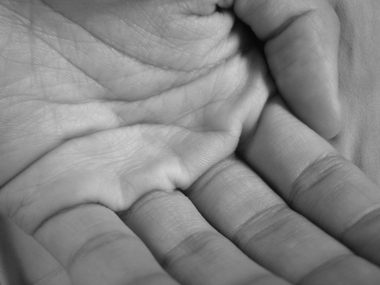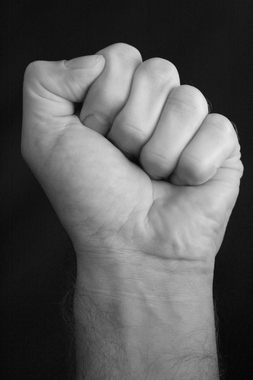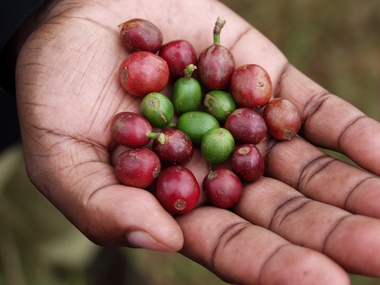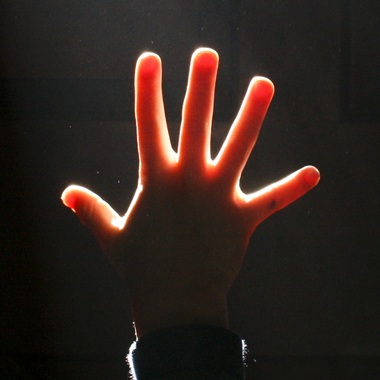The most basic premise of losing weight is to make sure that the amount of calories you take in is less than the amount you burn. You can do this through exercise and calorie counting. One of the hardest parts of any diet is to keep track of your calories or portions. Toss out the measuring cups and simply use your hands to easily measure the diet portions you can take in at every meal.
One appealing part of using this system to measure your food portions; no matter where you are and what situations you’re in, you’ll always have your hands with you to measure with. Another reason—this form of measuring is custom-sized just for you, making every portion ideally sized.
Take note: the portions are units of measurement. Men will need two portions in general, whereas women will only need one portion.
A palm represents your protein portion
The recommended portion of meat in a meal is approximately 3 ounces or the size and weight of a deck of playing cards. Your palm without fingers is a close approximation to this.
Best for:
- Beef
- Pork
- Poultry
- Fish
A fist is a unit for your vegetable/pasta and ice cream portion
Approximately one cup of cooked vegetables is the recommended size measurement a person needs to take in a day. That’s about the size of your closed fist.
Best when used for:
- Beverages
- Cereals
- Fruits
- Salads
- Soups
- Caseroles
- Cereals
A cupped hand represents your carb portion
Half a cup of carbohydrates is what’s recommended in a proper diet portion. Half of the one cup/fist mentioned above is approximately what you would get with a cupped open hand.
Best for:
- Pasta
- Rice
- Vegetables
- Beans
- Potatoes
- Cooked Vegetables
- Pudding
- Ice cream
Your thumb represents your fat portion.
Anything rich in fat such as peanut butter or nuts is recommended to be approximately the size of a tablespoon. Your thumb can approximate for that measurement, making it easy to keep from going overboard with foods high in fat.
Best for:
- Salad Dressing
- Peanut Butter
- Sour Cream
- Cream Cheese
You can use your thumb to get a further measurement for the more fatty foods like butter and mayonnaise. The very tip of your thumb approximates one teaspoon.
Best for:
- Butter
- Margarine
- Mayonnaise
- Oil
For Cheese, use your fingers
Based on the guidlines above, and assuming you’ll be eating about 3-4 times a day, you’ll have an accurate amount how much protein, vegetable, carbs, and fat portions you need to eat at every meal—all without breaking out any measuring device.
Extra tips for you:
- Don’t eat from the bag. Use the serving sizes previously mentioned and portion out the snack into a small bowl. This will prevent you from being tempted into eating too much.
- Serve food in smaller plates. Eat from a salad plate instead of a dinner plate—larger dinner plates will tempt you subconsciously to fill the empty space.
- Keep serving dishes on the counter instead of at the table. This will force you to get up for you to get seconds. Putting food out of reach makes it less tempting to possibly overeat.
- Don’t snack in front of the television mindlessly. Eating or snacking mindlessly in front of the television or while performing other activities takes your mind—and focus—off of how much food you’re eating. Eat at the table to keep your focus and attention on your food so you’ll know when you’ve had enough to eat.
- If you’re hungry between meals, eat a healthy high-fiber snack such as fruit, salad or broth-based soup (Cream-based soups don’t count!). The snack will fill you up so that you don’t eat too much at your next meal.
Further details on these portions can be found here at Livestrong and Precision Nutrition. Even more detailed instructions and extra information can be found here at The U. K. Daily Mail and Medicine Plus

















































